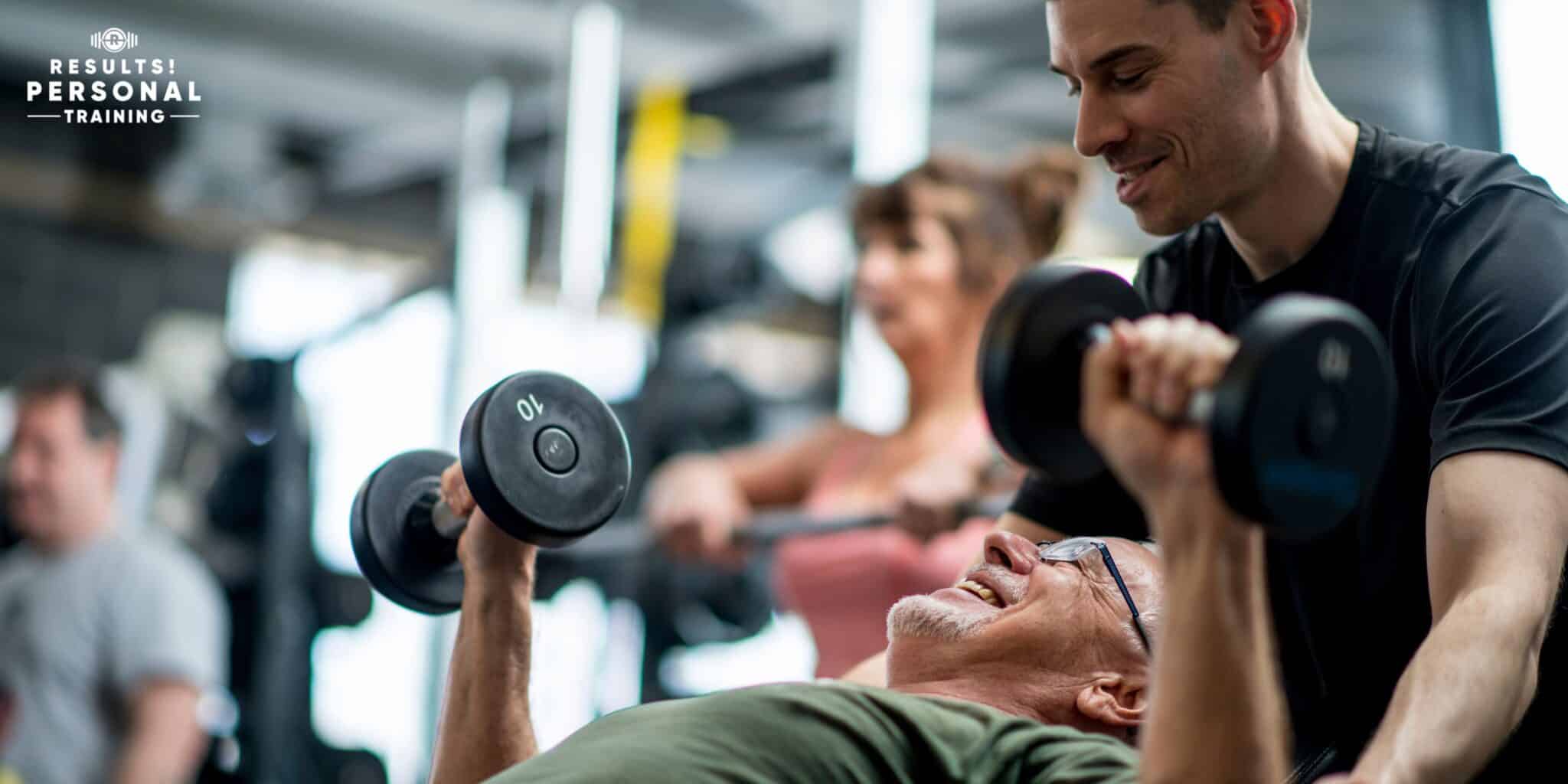When it comes to shedding body fat, one of the most common questions clients ask is whether cardio or weightlifting delivers the best results. Both forms of exercise are potent tools for fat loss, but they work in very different ways. Cardio exercises burn calories during the workout and support heart health, while weightlifting builds muscle, which can increase your resting metabolism and help you burn more calories even at rest. What actually matters is understanding how each method contributes to fat reduction and how they can be combined for maximum effectiveness. In this article, we will analyse the scientific principles behind cardiovascular and resistance exercise, explore their benefits, and discuss how a personal trainer can help in choosing the right approach.
How Cardio Helps Weight Loss

Cardiovascular training, often referred to simply as “cardio,” plays a crucial role in fat loss due to its direct impact on energy expenditure and metabolic function. During steady-state or high-intensity cardio sessions, the body increases its oxygen consumption (VO₂), which elevates caloric burn. Since fat loss ultimately depends on maintaining a caloric deficit, cardio provides a reliable way to increase total daily energy expenditure (TDEE).
One of the key benefits of cardio for fat loss is its ability to tap into stored glycogen and fat as primary fuel sources. Low- to moderate-intensity exercise, such as brisk walking or cycling, tends to rely more heavily on fat oxidation, making it an efficient method for mobilising fat stores over longer durations. On the other hand, high-intensity interval training (HIIT) creates a strong “afterburn” effect, formally known as excess post-exercise oxygen consumption (EPOC), which keeps the metabolism elevated for hours after the workout, amplifying overall fat loss potential.
Cardio also improves cardiovascular efficiency, enabling the heart and lungs to deliver oxygen more effectively to working muscles. This adaptation enhances endurance and allows individuals to sustain longer and more frequent training sessions, which further contributes to a higher weekly caloric output. Additionally, consistent cardio can help regulate insulin sensitivity and improve lipid profiles, both of which are crucial factors in achieving sustainable fat management.
How Weightlifting Can Help With Weight Loss

While cardio is often associated with calorie burn, weightlifting plays a unique and equally vital role in fat loss. Resistance training stimulates muscle hypertrophy by creating microtears in muscle fibres, which the body repairs and strengthens over time. This process not only improves muscular strength and endurance but also increases lean body mass, a key driver of resting metabolic rate (RMR). Since muscle tissue is metabolically active, individuals with more lean mass burn more calories at rest, making fat loss more efficient over the long term.
Another critical advantage of weightlifting is its impact on hormonal regulation. Strength training elevates anabolic hormones such as testosterone and growth hormone, both of which enhance fat metabolism and preserve muscle during a calorie deficit. This preservation is essential because maintaining lean mass while dieting prevents metabolic slowdown, a common challenge during weight loss.
Besides this, compound lifts like squats, deadlifts, and bench presses recruit multiple large muscle groups, generating a high energy demand and boosting post-exercise oxygen consumption (EPOC). This effect, often comparable to high-intensity cardio, means your metabolism remains elevated long after a resistance training session.
Weightlifting also enhances body composition by reducing fat mass while improving muscle definition..
How a Personal Trainer Balances Cardio and Strength Training

A well-structured fat loss program is rarely about choosing either cardio or strength training; it’s about finding the right balance. Personal trainers use tailored strategies to combine both modalities, ensuring clients maximise calorie burn, preserve lean muscle mass, and sustain long-term results.
Assessing Client Goals and Fitness Levels
The first step a personal trainer takes is to evaluate the client’s specific goals, lifestyle, and current fitness level. For clients prioritising fat reduction with minimal muscle gain, trainers may emphasise moderate-intensity cardio alongside foundational resistance exercises. For those seeking body recomposition, parallel fat loss and muscle building, trainers often lean more heavily on progressive overload strength training with supplemental cardio.
Periodisation and Program Design
Personal trainers use periodisation techniques to structure training phases. This means cycling through blocks where cardio intensity, strength volume, and recovery are adjusted systematically. For example, a fat loss phase may include three resistance sessions per week combined with two to three cardio sessions, alternating between steady-state and interval formats. This structured balance prevents overtraining and promotes steady progress.
Integrating Strength and Cardio in the Same Session
In some cases, trainers from the finest personal training gyms employ circuit training or metabolic conditioning, blending resistance and aerobic movements within a single workout. This hybrid approach raises the heart rate, promotes cardiovascular endurance, and stimulates muscle growth simultaneously. However, trainers carefully sequence exercises to avoid fatigue compromising strength performance.
Prioritising Recovery and Adaptation
Effective balancing isn’t only about training volume; it’s also about managing recovery. Personal trainers monitor rest periods, nutrition strategies, and sleep quality to ensure the client adapts positively without entering a catabolic state. This holistic oversight ensures fat loss occurs while lean tissue is preserved.
Conclusion
After analysing cardio vs. weight training for fat loss, it’s clear that each plays a vital role in fitness, but the real results come from combining them strategically. Together, they create a balanced, practical approach that reshapes both body and health.
At Results! Personal Training, our certified personal trainers in SG, design customised fitness programs that blend cardio and strength training to match your body, goals, and lifestyle. Contact us today to schedule your free consultation.




















